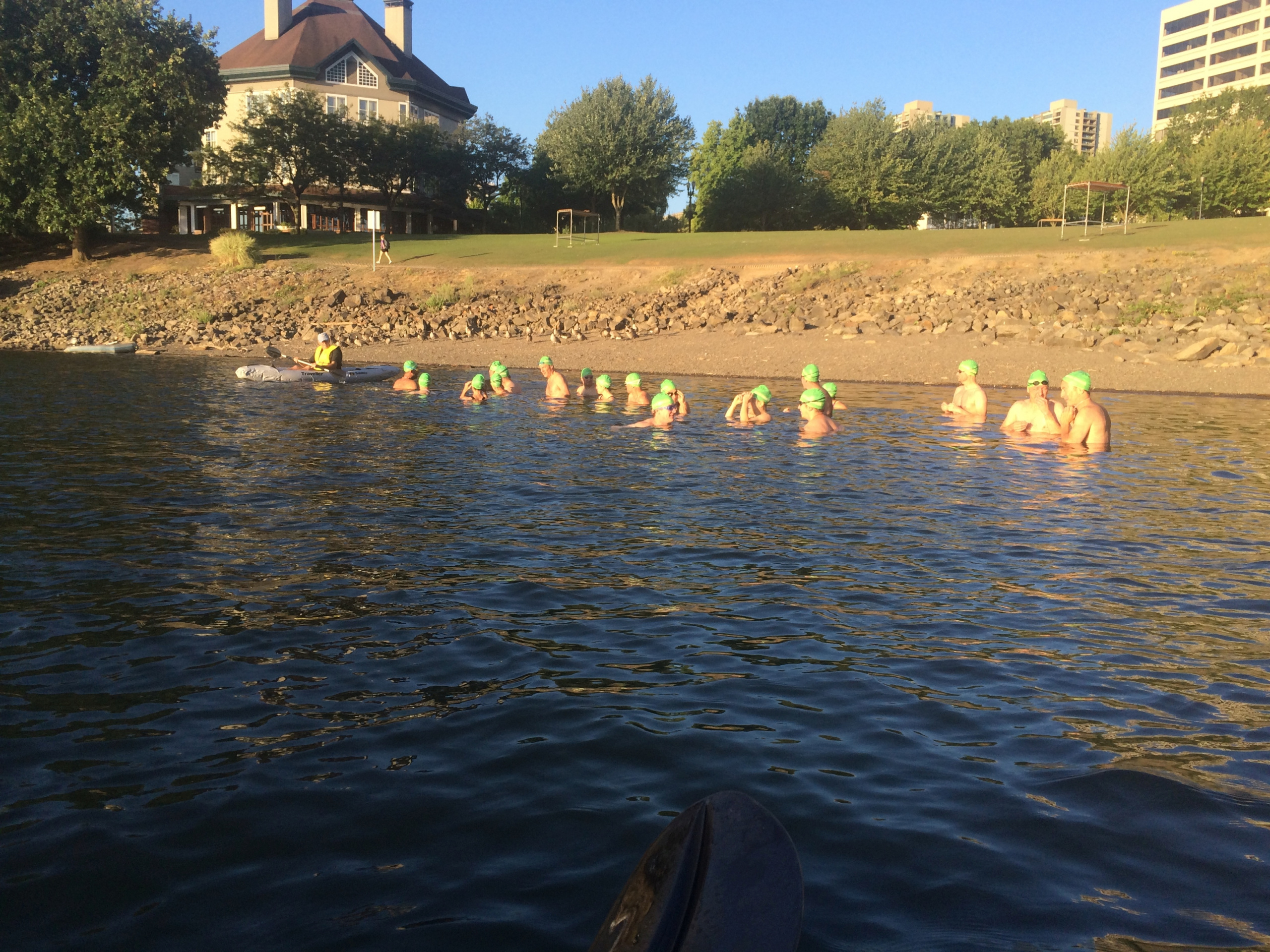Jeff Inglis
Policy Analyst
When the Clean Water Act is applied to American waterways, good things can happen. Our recent report, Waterways Restored: The Clean Water Act's Impact on 15 American Rivers, Lakes and Bays, highlights waterways where the Clean Water Act's protections and improvement provisions have had positive effects. Polluted waterways have been cleaned up, pristine waterways have been preserved, and threatened waterways have been protected. All waterways deserve these opportunities. In this blog series, we'll showcase individual case studies from the report. The next installment is the Willamette River in Oregon.
Policy Analyst
When the Clean Water Act is applied to American waterways, good things can happen. Our recent report, Waterways Restored: The Clean Water Act’s Impact on 15 American Rivers, Lakes and Bays, highlights waterways where the Clean Water Act’s protections and improvement provisions have had positive effects. Polluted waterways have been cleaned up, pristine waterways have been preserved, and threatened waterways have been protected. All waterways deserve these opportunities.
In this blog series, we’ll showcase individual case studies from the report. The next installment is the Willamette River in Oregon.

Thanks to cleanup efforts, the Willamette River is now safe for swimming, a fact celebrated three times weekly throughout the summer by the River Hugger Swim Team. Photo: Human Access Project.
Portland is known for being an outdoorsy, ecology-friendly community. But the river running through its heart was for years contaminated by raw sewage. In 1991, citizens frustrated with the low quality of the water asked a federal court to enforce Portland’s obligations under the Clean Water Act. That case triggered a massive overhaul of its sewage system that finally stopped a major source of pollution for the Willamette and the nearby Columbia Slough, making the river swimmable and creating potential for real protection and rehabilitation.
Portland was founded at the confluence of the Willamette and Columbia rivers. The Columbia Slough is an area of lakes, wetlands and slow-moving channels parallel to the Columbia River and contained entirely within Portland’s metro area.[i] From its earliest days, Portland dumped raw sewage into the Willamette and the Slough,and by the mid-1930s pollution levels from sewage and industrial sites were so high that salmon fingerlings placed in the Willamette died within 15 minutes.[ii]It was depleted of oxygen, filled with disease-causing bacteria, and unsafe for swimming.[iii]
While Portland and the state put in (and then expanded) a sewage treatment plant in the mid-20th century, by the beginning of the 1990s the pipes weren’t big enough to handle the demand.[iv] In the notoriously rainy northwest, Portland’s combined sewer overflow would exceed its capacity at times of even light rain, diverting a toxic mix of raw sewage and rainwater directly into the Willamette and the Slough.[v] There were between 50 and 80 sewage discharges occurring every year.[vi]
Clearly, if the Willamette was going to see real improvement, there would have to be robust enforcement of discharge permits to uphold the state’s clean water standards – and that is just what the Clean Water Act allowed for. In February 1991, Northwest Environmental Advocates (NWEA), an environmental advocacy group, sued the City of Portland, alleging that Portland’s sewer discharges were violating a condition of its discharge permit barring it from violating state water quality standards set under the Clean Water Act. Shortly after the lawsuit was filed, Oregon’s Department of Environmental Quality ordered the city to dramatically reduce CSO pollution, using its authority through the federal Clean Water Act.[vii] NWEA’s 1995 court victory resulted in a consent decree adding a federal court’s requirement that Portland obey that state order.[viii]
By the end of 2011, the CSO program had reduced annual CSO volume to the Columbia Slough by 99 percent and to the Willamette River by 94 percent.[ix] The number of discharges was expected to drop to a maximum of four each winter and one every third summer.[x] And while Portland Harbor is still the site of a Superfund cleanup effort to remove industrial pollutants, the reduction in sewage contamination means the Willamette is now considered generally safe for swimming.[xi]
[i] Columbia Slough Watershed Council, Our Watershed, accessed at columbiaslough.org/index.php/our_watershed, 10 September 2014.
[ii] Portland Environmental Services, Wastewater Treatment History, accessed at www.portlandoregon.gov/bes/article/41962, 5 September 2014.
[iii] Ibid.
[iv] Ibid.
[v] U.S. Court of Appeals for the 9th Circuit, Northwest Environmental Advocates v. Portland, 56 F. 3d 979, 7 June 1995.
[vi] Associated Press, “Cleanliness of the Willamette River Ebbs,” 23 July 1996, available at news.google.com/newspapers?nid=1310&dat=19960723&id=s0lWAAAAIBAJ&sjid=IusDAAAAIBAJ&pg=6819,5950224
[vii] Portland Environmental Services, Post-2011 CSO Facilities Plan, September 2010.
[viii] U.S. District Court, Case No. CV 91-339-PA Consent Decree, 18 March 1998.
[ix] Portland Environmental Services, Portland CSO control program is finished, accessed at www.portlandoregon.gov/bes/article/376144, 5 September 2014.
[x] Portland Environmental Services, Combined Sewer Overflow CSO Abatement Program, January 2012.
[xi] Superfund site: U.S. Environmental Protection Agency, Portland Harbor Superfund Site, accessed at yosemite.epa.gov/R10/CLEANUP.NSF/ph/Portland+Harbor+Superfund+Site, 26 September 2014; safe for swimming: Oregon.gov, Boating, Swimming on the Willamette River in Portland—How Safe Is It?, accessed at www.oregon.gov/deq/wq/pages/swimwillametteriver.aspx, 10 September 2014.
Policy Analyst
